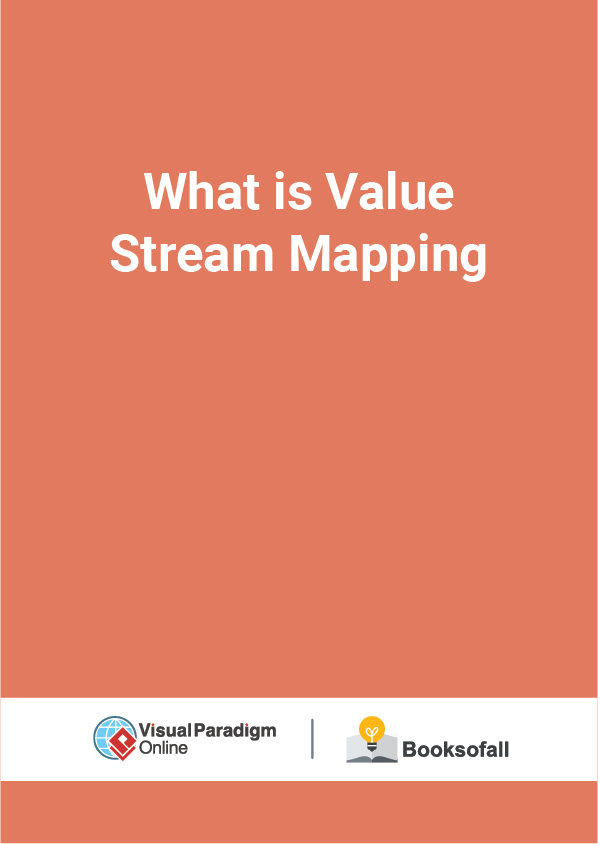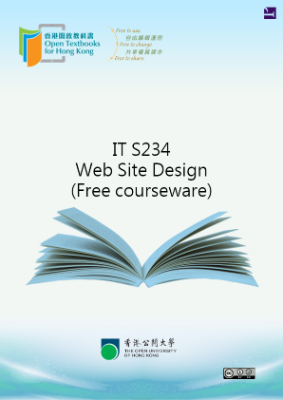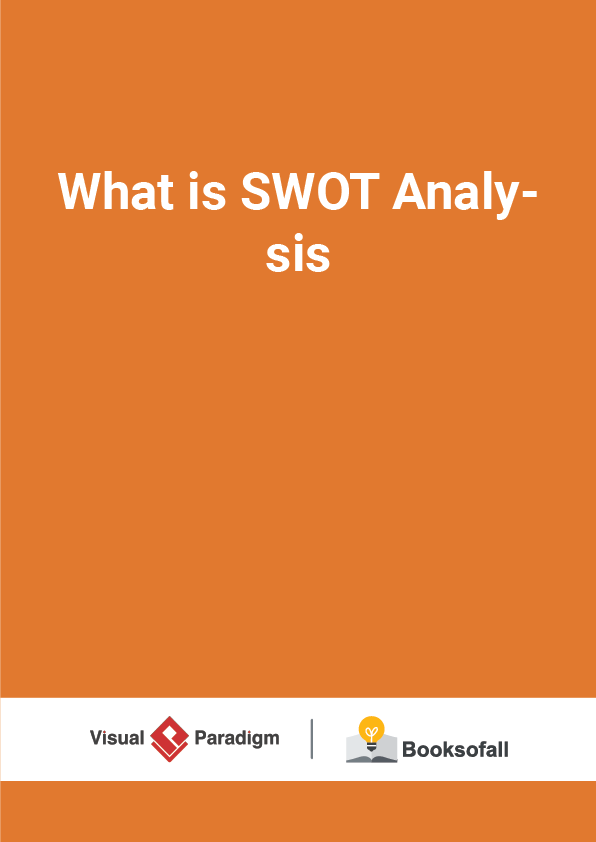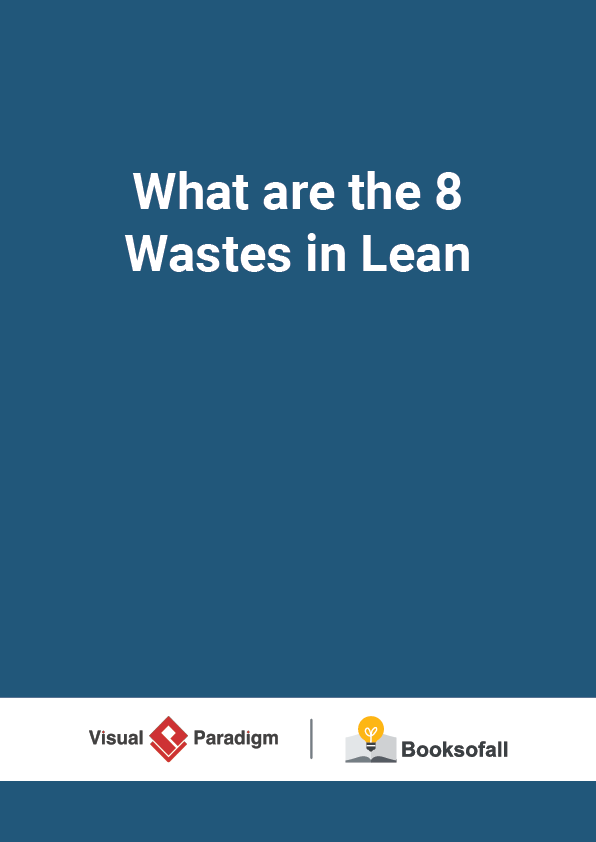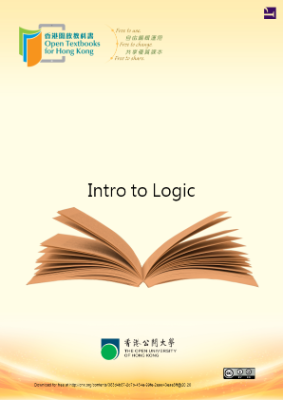What is Value Stream Mapping?
9-11 minutes
Value Stream Mapping (VSM) is a fundamental tool to identify waste, reduce process waste. It is an essential lean tool for an organization wanting to plan, implement, and improve while on its lean journey. VSM helps users create a solid implementation plan that will maximize their available resources and help ensure that materials and time are used efficiently. Value Stream Analysis is a powerful planning tool to optimize the result of eliminating waste.
But what is a waste anyway?
Waste can come in the form of time, material, and labor. But it may also be related to the utilization of skill-sets as well as poor planning. VSM helps to optimize process steps and eliminating waste, the only true value is added at each phase of production.
“The elements of an activity that do not add value from the customer perspective”
Seven forms of originally conceived when the Toyota Production System was first conceived and an eighth added when the lean methodology was adopted within the Western World. In there, 7 / 8 wastes are production process-oriented, while the eighth waste is directly related to management’s ability to utilize personnel.
A trick to memorize them more easily is the acronym “DOWNTIME”:
Edit this Diagram
Value Stream Mapping Analysis
VSM is a special type of flow chart that uses symbols known as “the language of Lean” to depict and improve the flow of inventory and related information. It combines two powerful tools into one.
1. The Value Analysis differentiates steps that add value in the eyes of the customer from those that do not
2. Flow Analysis calculates the time spent on each step.
This makes clear the time and effort being spent on non-value adding activities, the cost of doing business, and sets the stage for reducing waste and streamlining the process. The purpose of value stream mapping is to maximize value and minimize waste in several different ways including:
- Facilitating clear communication and collaboration
- Encouraging continuous improvement of a process
- Enabling culture change within an organization
- Creating visualizations of delays, excess inventory and production constraints
Value Added, Non-Value Added, Necessary Nonvalue Added Activities Value-added activities are those processes that must be completed to satisfy your customer base. For example:
“There’s no way I’ll buy that unless you include…”
Nonvalue-added activities are production or service-related activities that simply add cost to, or increase time spent on, a product service without increasing its market value(i.e. 8 classic wastes). For example, the repair of machines, storage of inventory, moving materials, maintenance, and inspections
Necessary non-value adding activities don’t contribute to customer satisfaction that they must be done and they are essential and difficult to remove from the operation or production, i.e. comply with regulations or organizational policies, etc.
Note That:
Nonvalue-added activities consume resources but create no value for the customer. Even if they stopped and they would be invisible to the end-user or customer.
In conclusion, value-added activities should be further optimized for seeking continuous improvement and growth of an organization, while the non-value added activities should be eliminated, or at least minimized as much as possible.
